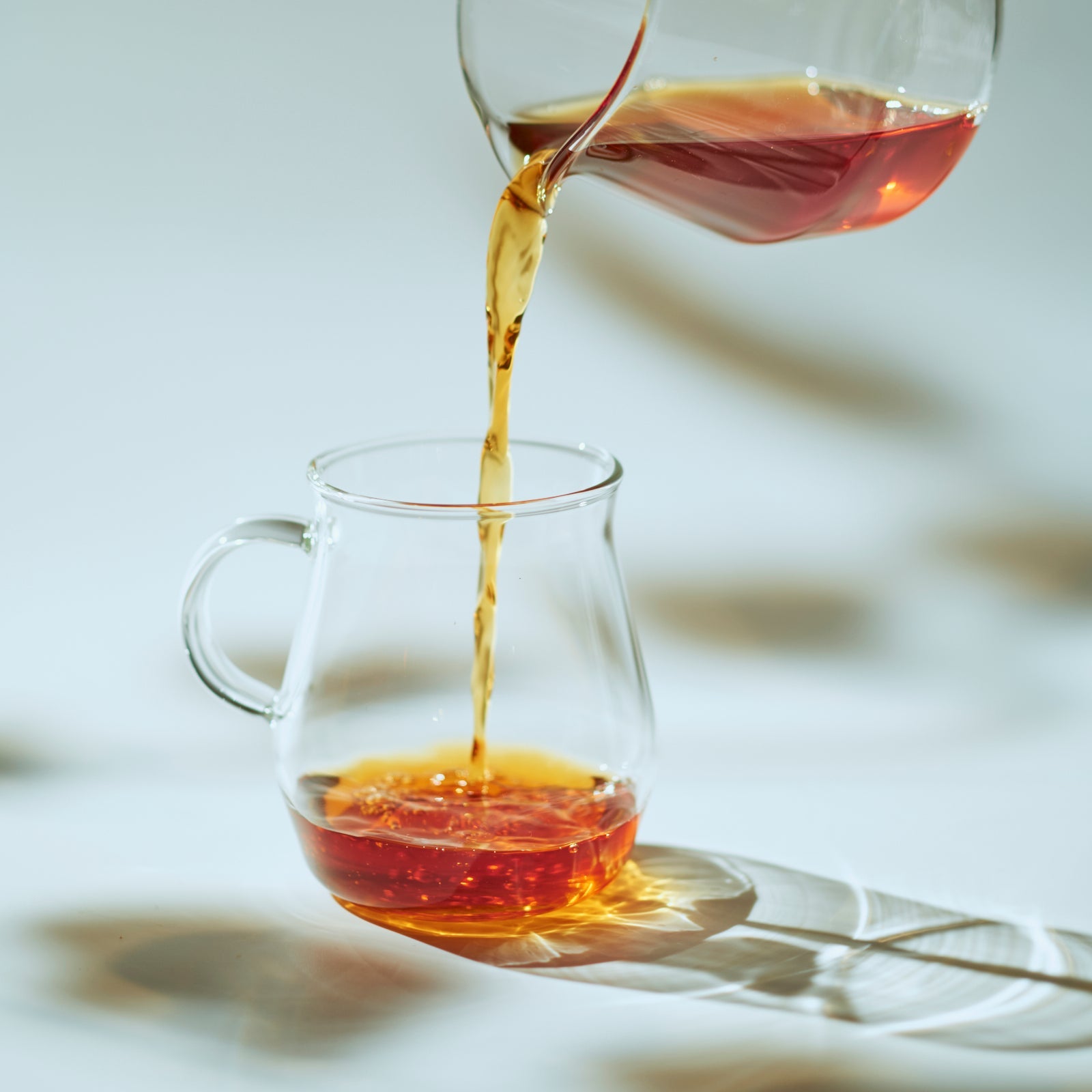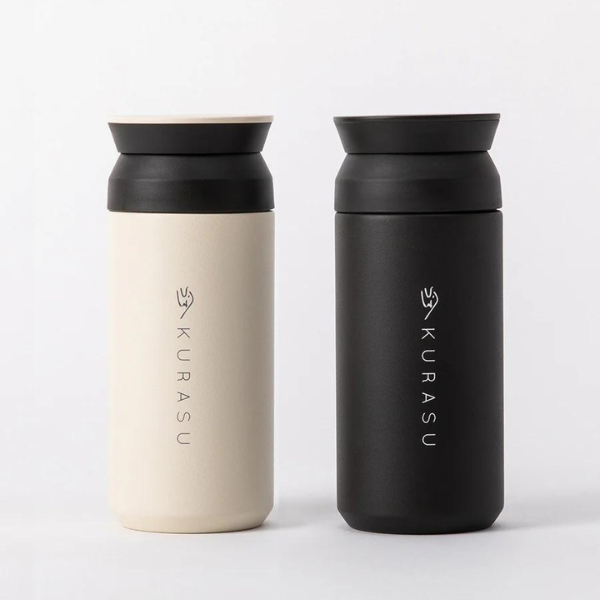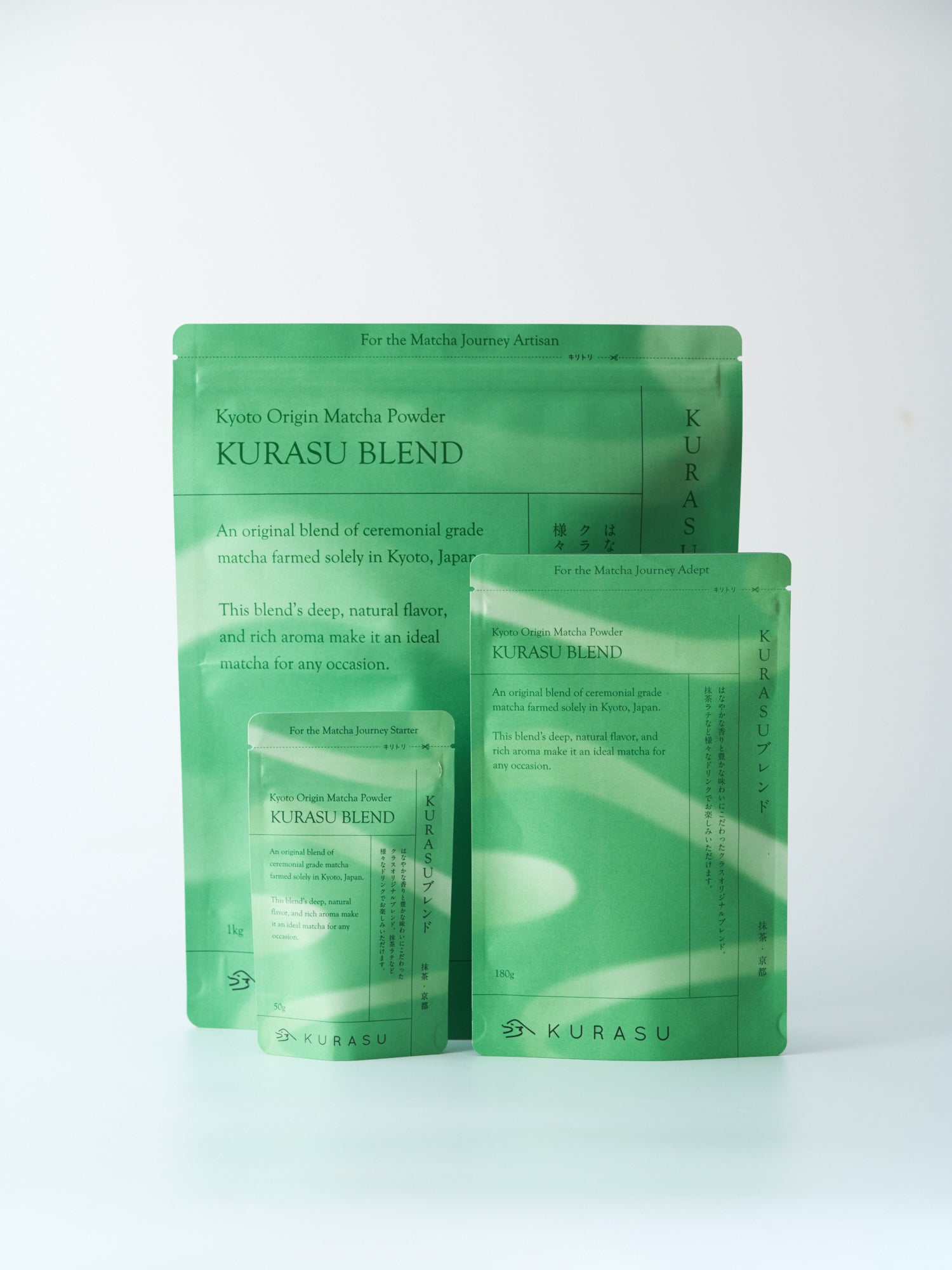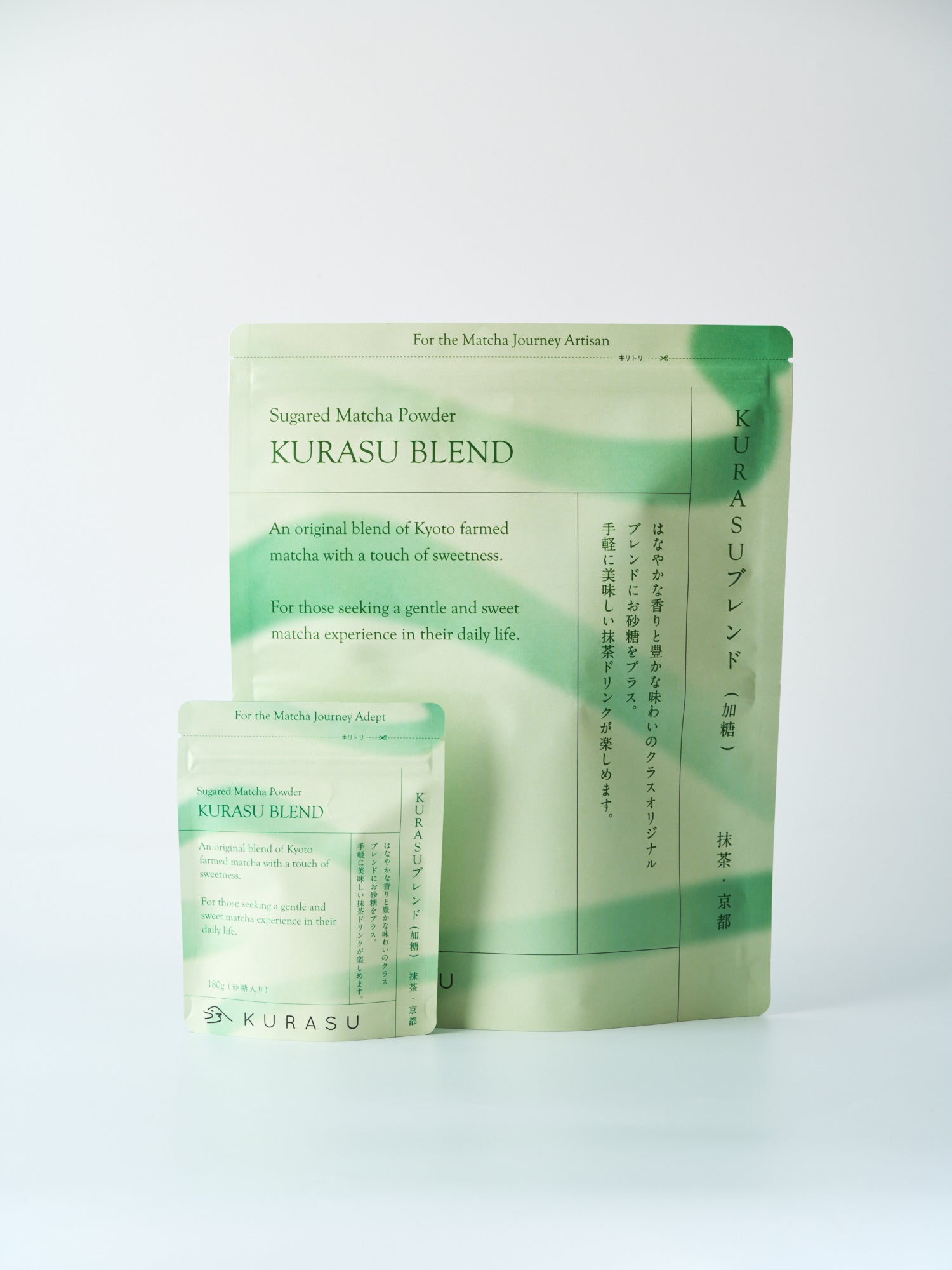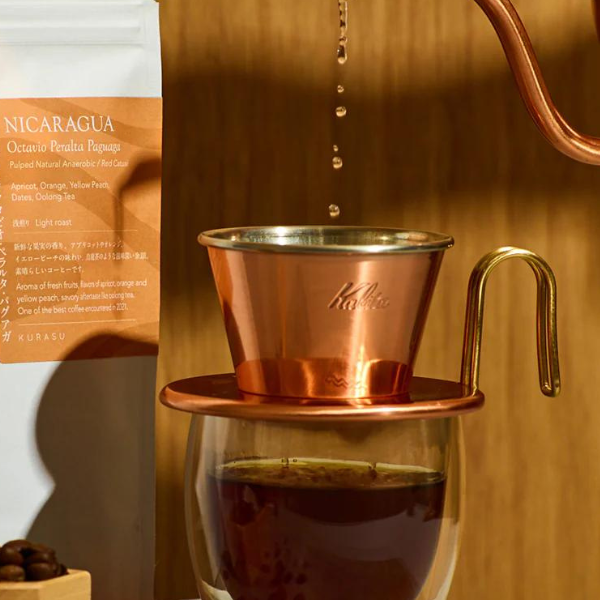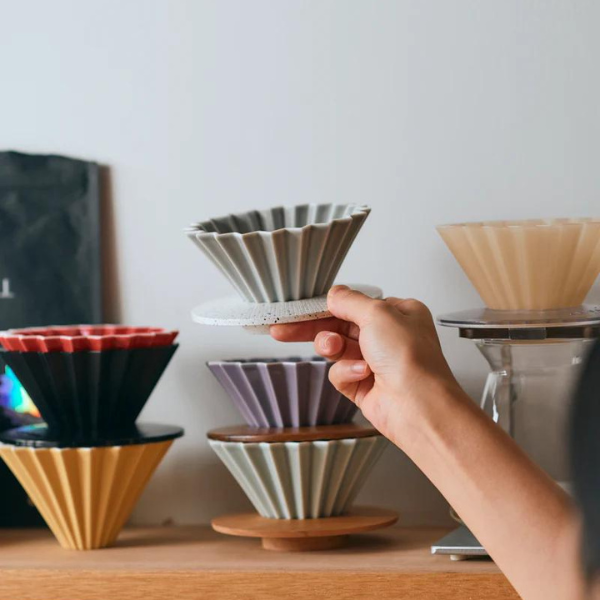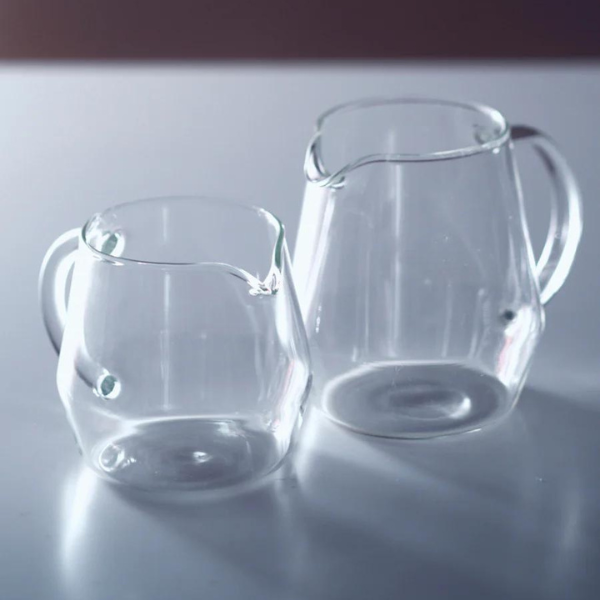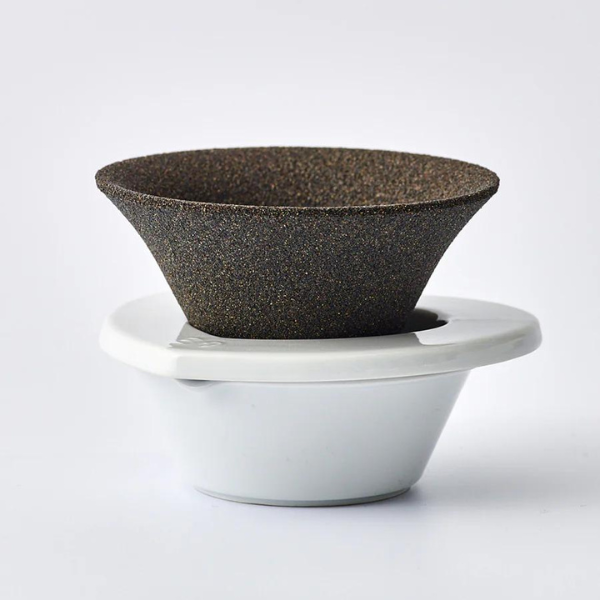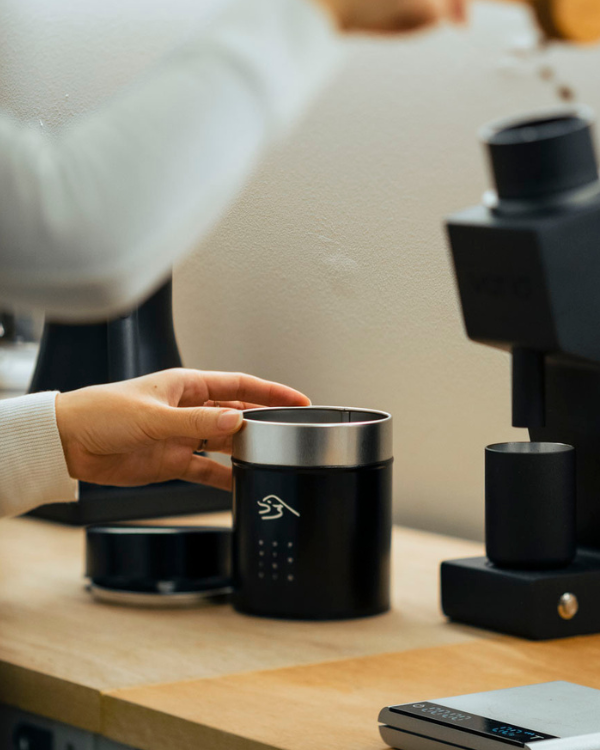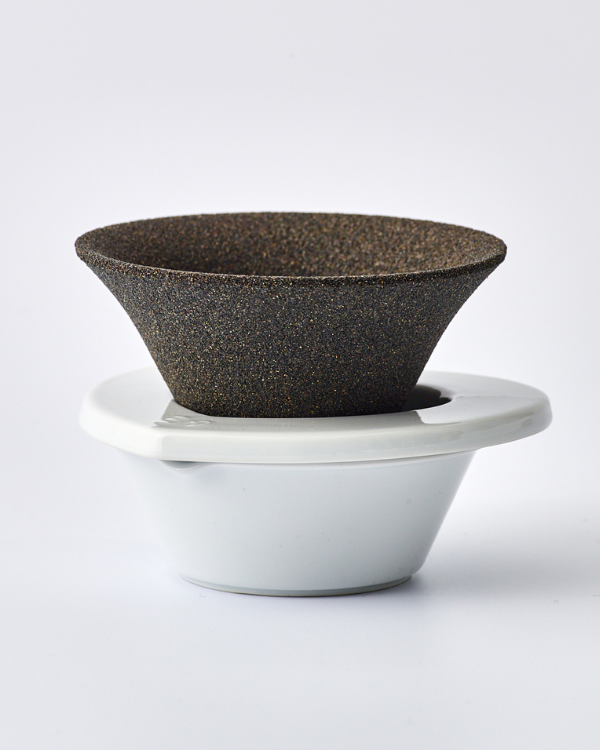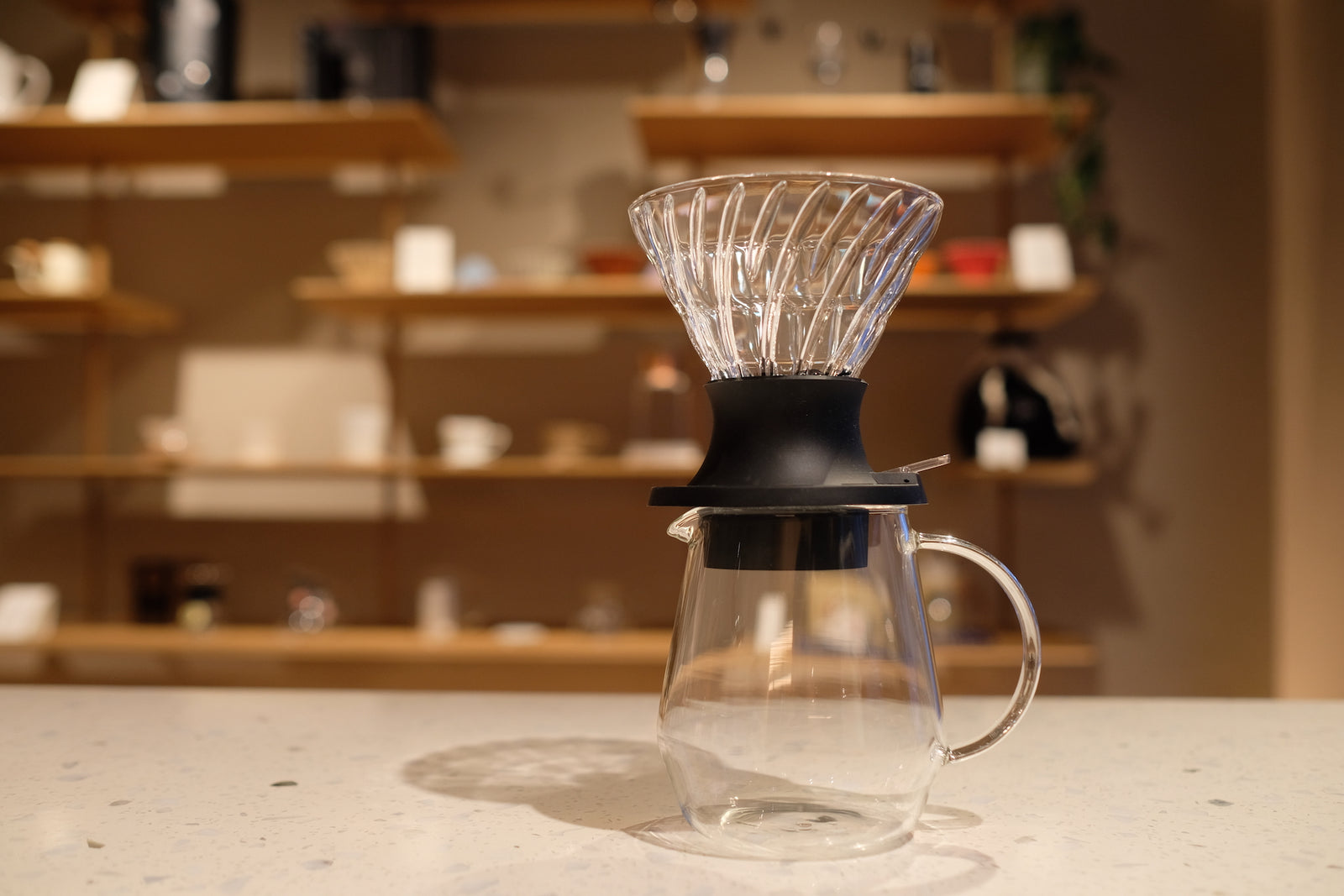
Hario Switch 3-way brewing methods
Hi guys! It’s Hitomi from Kurasu.
March has arrived everyone! It’s getting warmer by the day and I was so ready and excited for the spring, but then the pollen attacks. And I feel they are particularly nasty this year.
My ENT doctor said otherwise, telling me it’s generally milder this year. I had to double check obviously, asking, “are you sure this is mild…?” Anyway, how’s everyone coping with the pollen season? Anyone having an itchy nose?
While my nose is giving me a hard time, I finally finished the experiment on HARIO Switch!
Have you checked out our previous article on ORIGAMI Dripper by the way? Any feedback on that will give me extra strength to beat the pollen, so please consider that!
Alright, let’s start!
What is Hario Immersion Dripper: Switch?
For anyone who hasn’t heard of Hario Switch, it’s a dripper designed for an immersion brew, made by Hario in March 2019.
It’s been around for only about 2 years, but its popularity and reputation is already undeniably solid. Hario was already proving its value through the great sales of this new dripper, but it got a big boost when a 2007’s World Barista Championship winner James Hoffmann introduced the dripper on his YouTube channel in November 2020.
Needless to say the influence of YouTube as a media is big, but we can see how much people are also inspired by championship winners- ORIGAMI Dripper also became really famous under the influence of WBC winner. I can’t wait to get the opportunity to compete at championships too once the COVID is over!
Before going back to the main topic, the experiment, I would like to explain a little about different types of brewing methods.
There are roughly 2 ways of brewing coffee: filter brewandimmersion brew.
Pourover and “nel” drip (cloth filter) are categorized as filter brew- coffee gets extracted as the poured hot water drips through the bed of ground coffee.
Immersion brew is a way to extract coffee by steeping it in hot water for a certain amount of time: such as French press and cold brew.
There are more varieties in brewing methods if we talk in detail, but that’s for another time. Hario Switch is the latter, and it’s an immersion dripper.

Let’s see how the dripper is constructed.
The top part is a dripper funnel made of glass, and it holds approximately max. 300ml- it’s an equivalent capacity to Hario’s 02 size V60. (Although it gets very full if you pour 300ml max, so we recommend using it with 240ml or so.)
Coffee drippers can come in different sizes, and Hario has 01 size, 02 size, and 03 size. Paper filters are also available in different sizes, so make sure to get one that fits the size of the dripper you have.
On the bottom half of the dripper there is a silicone rubber base. It’s detachable, and you can swap the dripper with Hario’s glass V60 03 size. If you need a bigger batch, it’s a good idea to give it the upgrade.

There is a small stainless steel ball at the bottom of the funnel, and by flicking the switch you can block or release the water flow. The mechanism of it is actually very simple, and so is the brewing process.


Hario’s official recipe says pour 240ml of hot water all at once over the 20g of medium-fine ground coffee, wait for 2 minutes and release the flow. The physical structure of the dripper itself has the control over the brewing process, which means it’s an easy, fail-proof and repeatable way for anyone to make a good cup of coffee.

But there are more to this dripper-it also allows many different brewing methods to work.
So this time, we tried 3 different brewing methods with Hario Switch:
There may already be an established and simple way of using this, and it may even be the best- but curiosity is everything, right?
Trying 3 different methods under the same condition
To begin with, we set the grind level, amount of coffee and hot water the same for all 3 methods and compared the results. This time, we used Colombia Luis Rojas (light roast) and House Blend Dark (medium-dark roast).
Here’s the recipe:
◆All-in-one brew
Coffee: 13g (light roast), 15g (medium-dark roast)
Grind level: Ditting Sweet Labo #8.5
Hot Water: 200g
No agitation, no stir, wait for 2 minutes and release the flow.
◆Filter brew method
Coffee: 13g (light roast), 15g (medium-dark roast)
Grind level: Ditting Sweet Labo #8.5
Hot Water: 200g
No agitation, no stir, pour hot water divided into 4 pours
◆Hybrid method
Coffee: 13g (light roast), 15g (medium-dark roast)
Grind level: Ditting Sweet Labo #8.5
Hot Water: 200g
No agitation, no stir, pour hot water divided into 4 pours
We bloomed the coffee for 40 seconds with the water flow blocked (=immersion), then released the flow, waited for 5 seconds, and from 0’45 time stamp began the second pour.
Let’s check out the results.
Tada.

As an overall impression, a bit of clogginess at the end was a little concerning. In all of the methods, it started to drip differently from 2’30 or so.
From 3’00, I could see the dripping slowed down considerably, and it was dripping drop by drop. Could this be because of the ball, possibly still partially blocking the flow?
I have tried brewing with Switch previously with Ethiopia and it took even longer- adjusting the grind level may be something we want to consider.
Let’s see how they brewed differently in terms of flavor.
The all-in-one method produced a mild and light cup throughout the drinking experience. It reminded us of how coffee tastes when it’s brewed for cupping (cupping is a way of checking the quality of coffee.)
However, as you can see from the TDS, the saturation was very low. It tasted weak too, but it also tasted like it had let absolutely everything out.
With the filter brewing method, we got a stronger body and that was the most notable difference with this.
There was more sweetness, and it has a tendency of over extraction at times, and sometimes the texture was a little dry. As proven at our previous experiment with ORIGAMI dripper, we can see that extending the brewing time builds more body and it intensifies the sweetness.
This is a little off the track, but recently Mr. Tetsu Kasuya, the winner of 2016 World Barista Championship, wrote an article called “the possibility of a new brewing chart”. In that he mentioned a new theory recently discovered- a sweetness tends to increase when both TDS and PE are low, which states the opposite of the existing theory. This time we got a result that fits the existing theory, on the contrary of the new one. Interesting.
Personally, I suspect the reason behind the increased sweetness is that as the body is strengthened it pushes the fruitiness extracted at the first half down, and as a result we taste more sweetness. What do you think?
Kasuya-san's article was a very interesting read, so if you are interested I highly recommend it (the article is in Japanese.)
Back to the topic- I tasted the most amount of fruitiness in a cup brewed with the hybrid method. The flavor was defined, there was a good volume, and the coffee’s characteristics were clearly there. The texture felt clean too.
It’s difficult to compare the very different brewing methods even though we used the same amount of coffee and the grind level, but personally I feel the recipe I used wasn’t best suited for the all-in-one method, and it needs more dosage to encourage the extraction.
Grinding the coffee finer will potentially end up in over extraction, so increasing the mass of the coffee will be a better option. On the other hand for the filter brew method, grinding the coffee a little coarser may help accelerate the dripping speed.
From what we learned from this experiment, we decided that the hybrid method works best for Kurasu’s coffee- so we dug a bit deeper into it.

Blooming time for the hybrid method
The biggest feature of this method is to bloom the coffee with the water flow blocked.
But the question is, for how long shall we bloom? So we tried several different options: 30 seconds, 40 seconds, and 1 minute.

30 seconds bloom gave a nice fruitiness starting from when the coffee is still warm. 40 seconds bloom gave more sweetness than fruitiness, and more body compared to the previous 30 seconds. A mild cup. 1 minute bloom was a little over the top- it was over-extracted, with a dry texture. It also tasted like we brewed an already brewed coffee.
With this method, we recommend blooming the coffee for 30 to 40 seconds and adjust to your liking.
Improving all-in-one method and filter brew method
As we were playing with the hybrid method further, we became more and more interested in improving the other two methods as well- the idea was to increase the dosage for all-in-one method, and make the grind level coarser for the filter brew. Here’s what we tried out.
◆All-in-one brew
Coffee: 15g
Grind level: Ditting Sweet Labo #8.5
Hot Water: 200g
No agitation, no stir, wait for 2 minutes and release the flow.
◆Filter brew
Coffee: 13g
Grind level: Ditting Sweet Labo #8.8
Hot Water: 200g
No agitation, no stir, pour hot water divided into 4 pours

And the difference was unmissable! Both improved tremendously.
The coffee brewed with all-in-one method improved to a fruity, light-bodied, silky cup with voluminous flavors.
The filter brew also became so much better than the initial dry cup, and gained clean and fruity flavor.

To sum up: Hario Switch recipes we recommend
◆For immersion brew, try using more than 15g of light roast coffee, and use 200g or more of hot water to match the increased amount of coffee. Grind level should be about medium grind, and make sure to wait for 2 minutes before releasing the water flow down to the server.
◆For filter brew, grind your coffee a little coarser than you would normally do, and brew as you do for the rest.
◆For our best favorite hybrid brew, bloom the coffee for 30-40 seconds with the water flow blocked, and let the coffee drip, and finish up the brewing process as you usually do for a filter brew.
Ah, it was so interesting comparing all these different methods.
The report ended up very long again, but thank you so much for staying with us until the end! If you see anything you feel it’s incorrect, or any experience you have done, please let us know! I myself am at the cafe, so if you visit our shop it would be great if we could chat about it :)
For the next article, we will try out 3 new products Hario announced recently and share what we think!
Next up: We tried the latest Hario products!
2021.3.12

